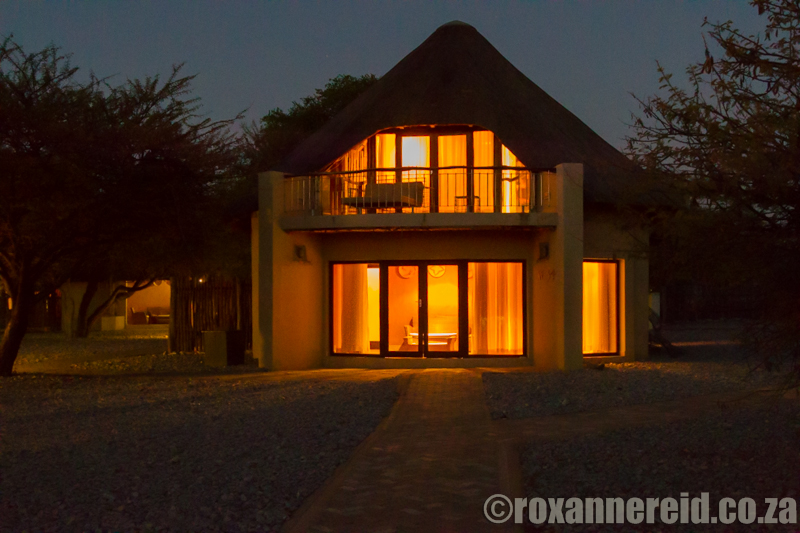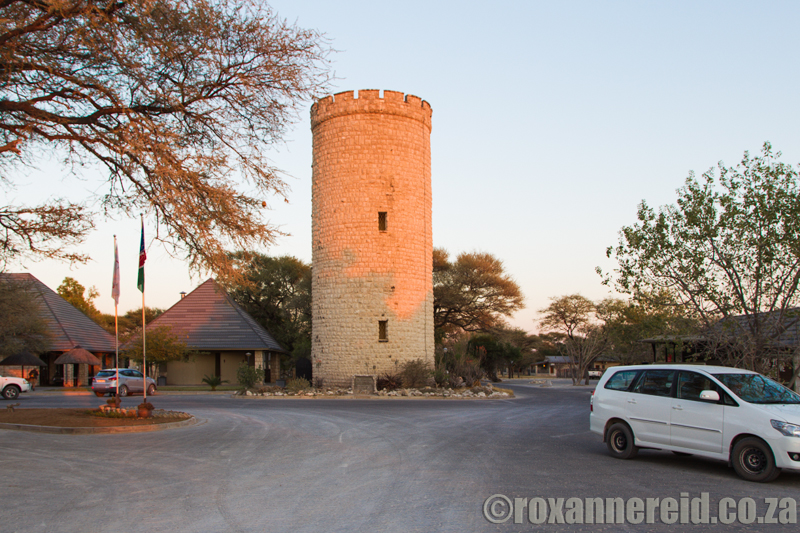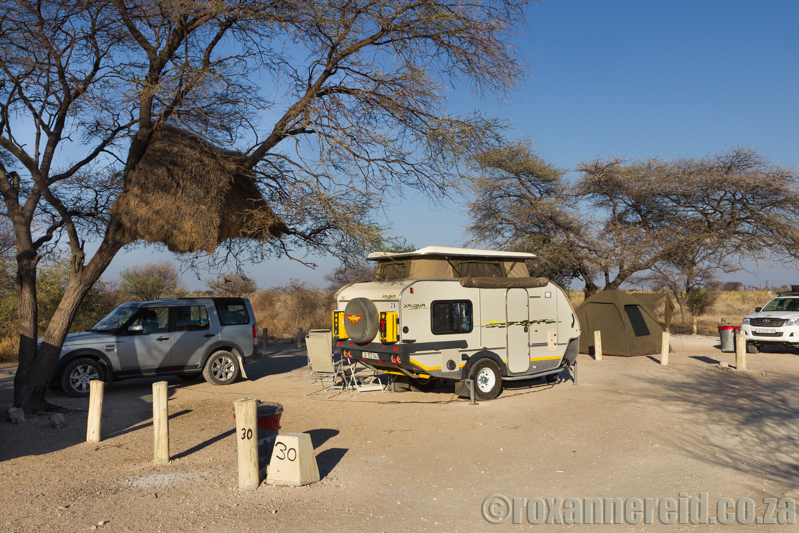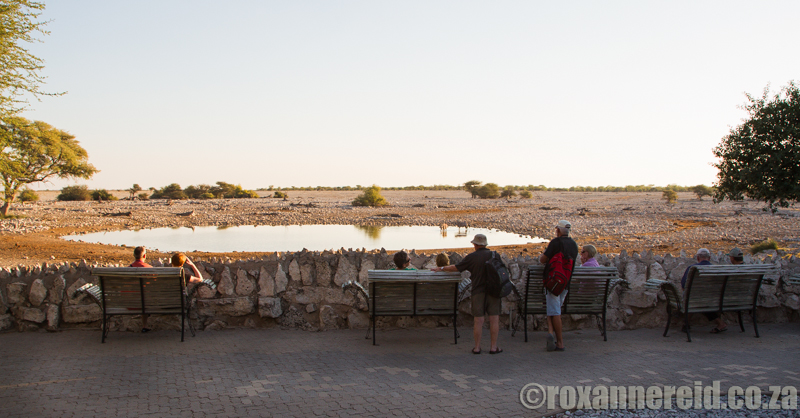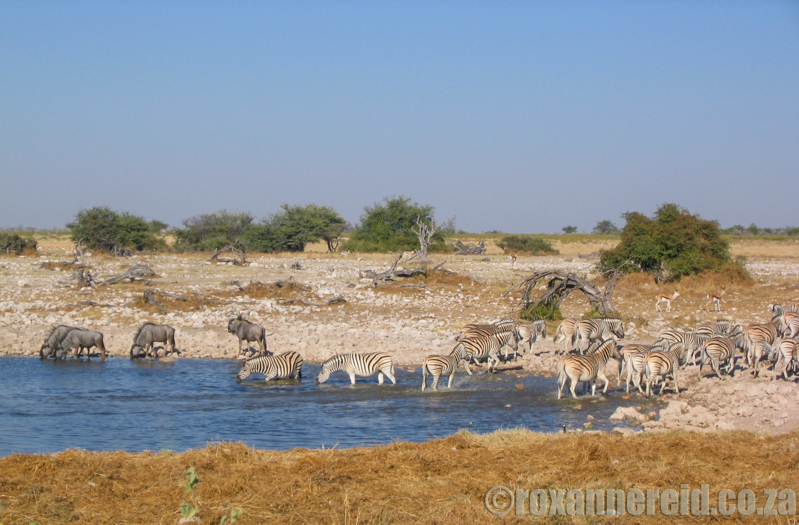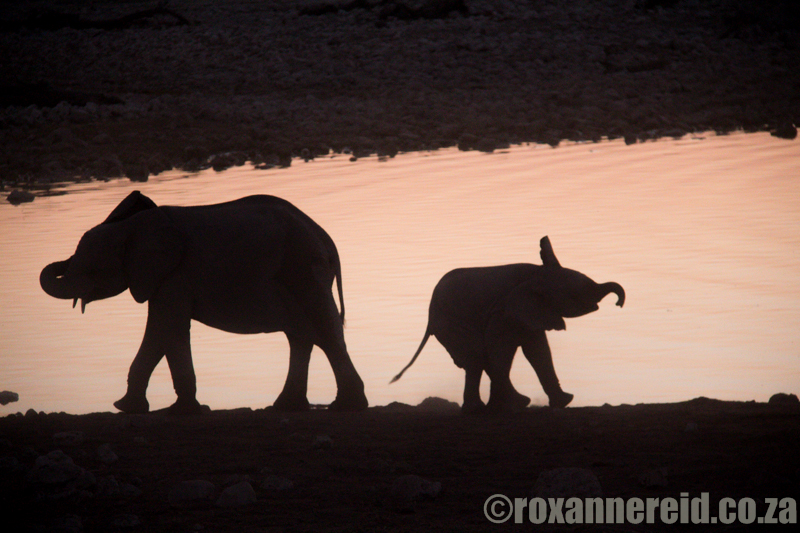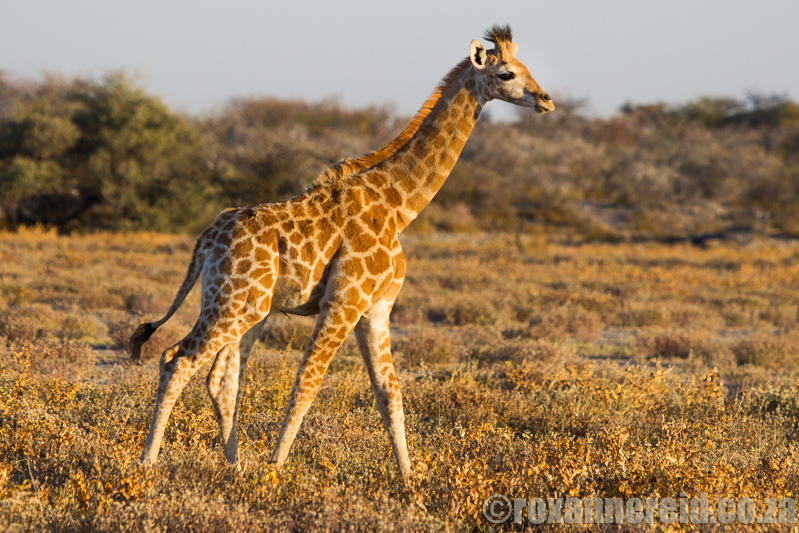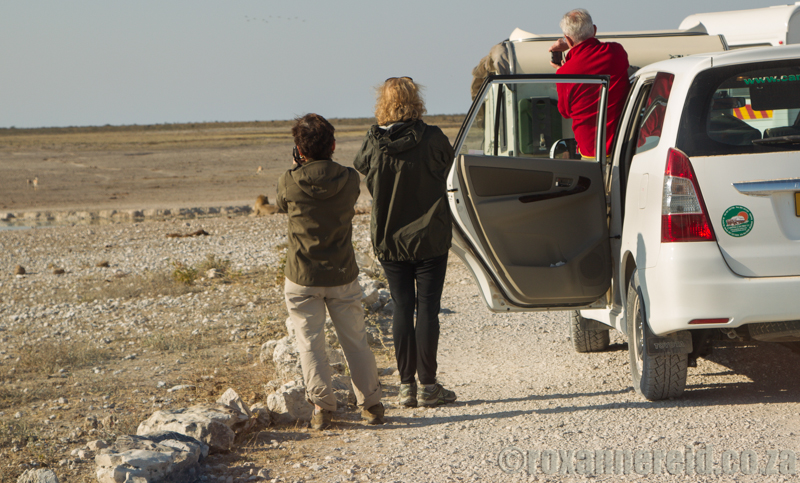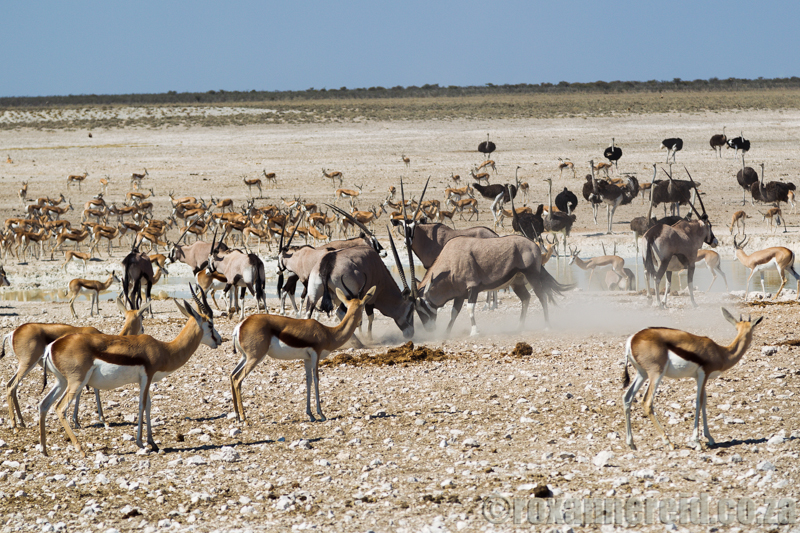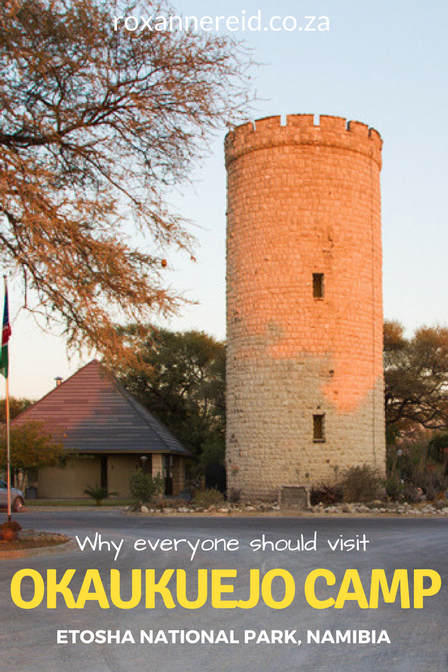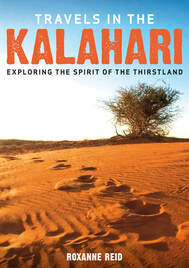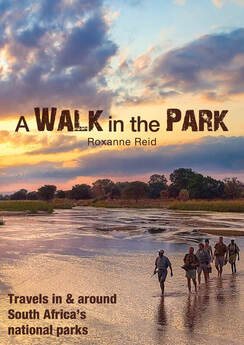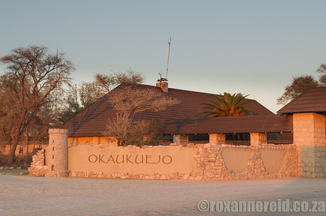
Namibia Wildlife Resorts upped its prices by monstrous amounts in 2007. Since then we’ve avoided Etosha National Park’s Okaukuejo camp. At around N$2000-3000 per night for the two of us in a waterfront chalet, it’s way beyond our budget. Camping costs N$420 a night for two, but we’ve never liked Okaukuejo’s campsite. Until now.
For one thing, the campsite is huge. For another, there’s not much shade – and I’m a serious lover of shade.
Yes, some of the campsites were stark and naked, entirely without shade in the baking sun, but they tended to be allocated to single nighters. (Sites are allocated by the park, so there's no bickering among visitors.)
We were staying three nights and were lucky enough to bag a site down a cul de sac that led to only four sites so it was quiet, not many people stirring the dust as they drove by.
It also had a winter-sparse acacia tree that gave shade at midday and some shade in the afternoon, though we had to pick up our chairs and follow it. We even had laid on entertainment in the form of a huge sociable weaver’s nest. Those chatty little birds came and went, building on to their apartment block, telling each other the day’s news.
I especially enjoyed a breeding herd with little calves hurrying by at sunset after their evening drinks. It was magic, particularly because we didn’t have to share them with a whole crowd of twittering Chinese or loud-mouthed Americans, just with our nearest neighbours, a quiet German couple who seemed to ‘get’ why this was such a privilege.
The main reason we decided to brave the campsite at Okaukuejo was to be in easy reach of the many good waterholes in the area. Although this time we missed the lions that are often seen at Okondeka to the north, there was plenty of plains game and the smallest cuddly-toy giraffe. The fuzzy little horn tufts on top of its head didn’t even reach as high as the top of mom’s tail; it could probably have stood underneath her tummy for some shade with just the tiniest kink in its neck.
Like it? Pin this image!
Okaukuejo camp: see elephants on an Etosha safari
12 of the best waterholes at Etosha National Park, Namibia
Copyright © Roxanne Reid - No words or photographs on this site may be used without permission from roxannereid.co.za.
